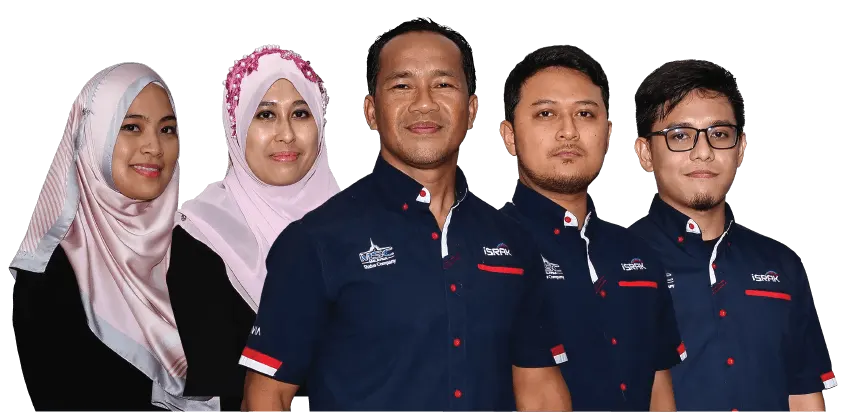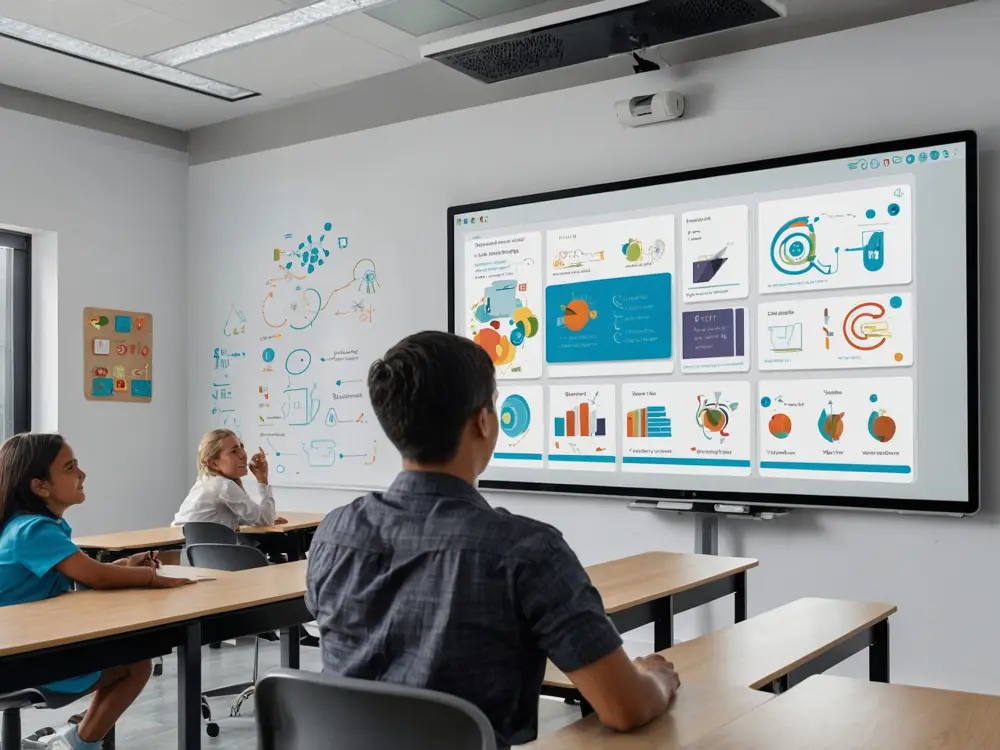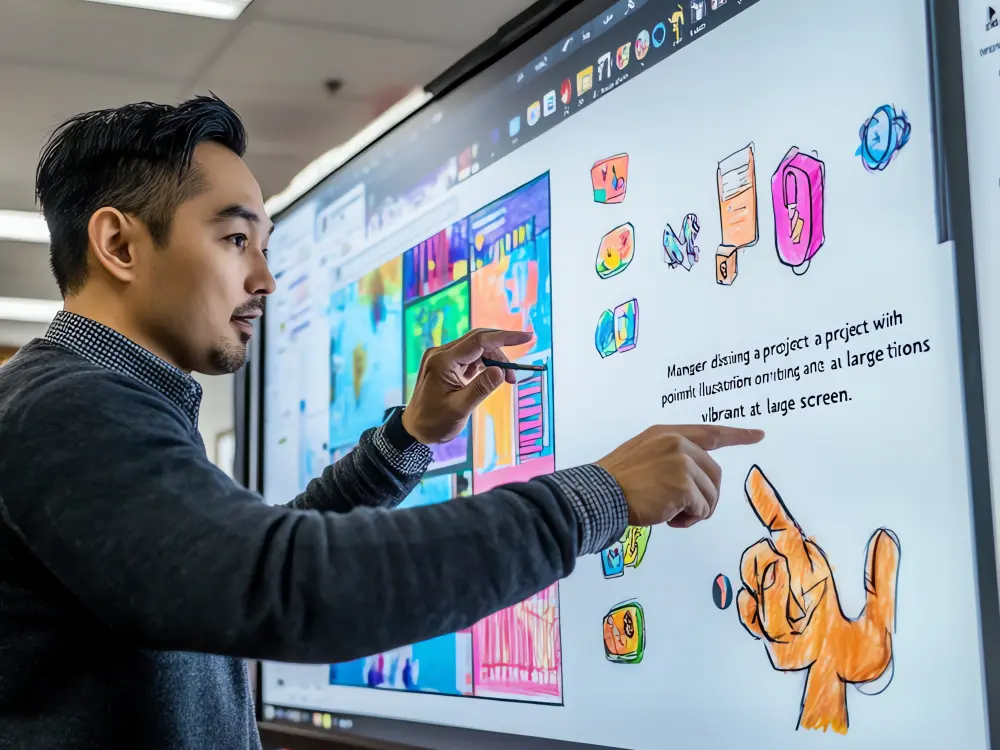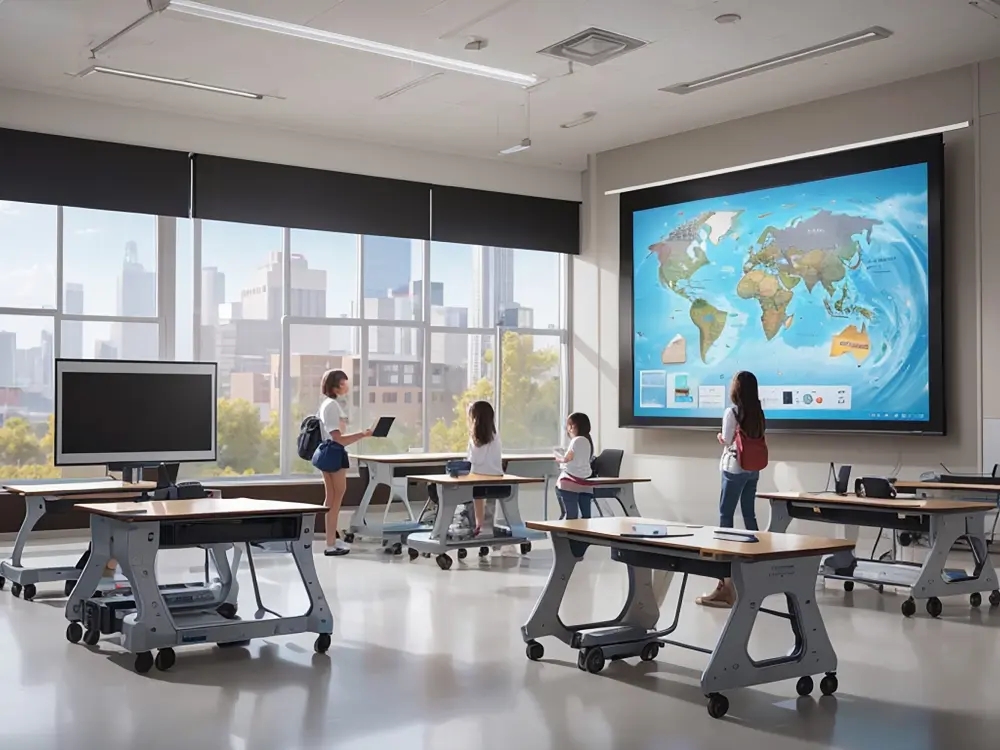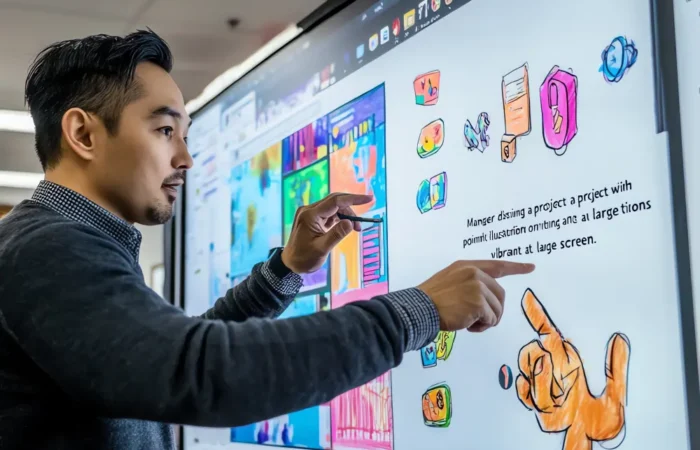Collaboration is a cornerstone of effective learning, encouraging students to share ideas, solve problems together, and develop critical thinking skills. However, traditional teaching methods often fall short in fostering true teamwork and interaction. This is where smartboards step in, revolutionizing collaborative learning. These interactive tools create an engaging and dynamic environment where students actively participate, communicate, and learn as a team. In this blog, we delve into the many ways smartboards are redefining classroom collaboration.
1. Enabling Real-Time Interaction
One of the most transformative aspects of smartboards is their ability to facilitate real-time interaction. Unlike traditional whiteboards, smartboards allow multiple users to engage with the screen simultaneously. Students can brainstorm, solve problems, and share ideas in an interactive and visually engaging manner. For instance, during a geography project, students can work together to label maps, draw diagrams, and annotate key areas—all on the smartboard. This real-time interaction not only fosters teamwork but also ensures that every student has an active role in the learning process.2. Fostering Creativity and Innovation
Smartboards are a canvas for creativity. By providing an open platform for students to visualize and share their ideas, these tools inspire innovation and imagination. The drawing features, multimedia integration, and drag-and-drop capabilities of smartboards make lessons more engaging and innovative. Imagine an art class where students collaborate to create digital masterpieces. With access to a wide range of tools and features, they can experiment with different styles, techniques, and concepts. This collaborative approach to creativity encourages students to think outside the box and embrace new ways of expression.3. Supporting Group Projects
Group projects are a staple of collaborative learning, and smartboards make them more efficient and productive. Teams can use the smartboard to divide tasks, track progress, and present their findings—all on a single platform. This ensures that every team member remains aligned and contributes meaningfully. For example, during a science fair project, students can use the smartboard to organize their research data, draft presentations, and rehearse their delivery. By centralizing all aspects of the project on the smartboard, students can streamline their workflow and focus on achieving their goals.4. Integrating Multimedia for Engagement
The ability to integrate multimedia is a game-changer for classroom learning. Smartboards allow teachers to incorporate videos, animations, audio clips, and more into their lessons, making the material more engaging and memorable. This multimedia approach not only enhances understanding but also keeps students motivated and interested. For instance, a history teacher can use a smartboard to show a documentary about ancient civilizations, pausing to annotate and discuss key points with the class. This combination of visual and interactive elements makes learning more dynamic and impactful.5. Promoting Peer-to-Peer Learning
Peer-to-peer learning is one of the most effective ways for students to gain a deeper understanding of concepts. Smartboards facilitate this by allowing students to teach and learn from one another. Whether it’s solving puzzles, explaining concepts, or collaborating on a task, students develop confidence and critical thinking skills through active participation. For example, during a math lesson, a student can solve a problem on the smartboard while explaining their thought process to their peers. This not only reinforces their understanding but also helps others learn in a relatable way.6. Bridging the Gap Between Teachers and Students
Smartboards serve as a bridge between teachers and students, fostering a more collaborative and inclusive learning environment. Teachers can use smartboards to guide group activities, provide real-time feedback, and encourage active participation. For instance, during a language arts class, the teacher can work with students to analyze a text, highlighting key passages and annotating their interpretations on the smartboard. This collaborative approach ensures that students feel supported and engaged throughout the learning process.7. Real-Life Example: Israk Solutions Empowering Classrooms
A primary school in Malaysia partnered with Israk Solutions to install smartboards in their classrooms. The results were remarkable—teachers reported higher student engagement, improved teamwork, and enhanced academic performance. The interactive features of the smartboards enabled students to collaborate effectively, turning every lesson into a dynamic and enjoyable experience.Why Choose Israk Solutions for Smartboards?
Israk Solutions is a leading provider of smartboards designed to meet the unique needs of educational institutions. Here’s why educators trust them:- High-quality, reliable smartboards equipped with advanced features.
- Professional installation and comprehensive teacher training.
- Dedicated after-sales support to ensure a seamless experience.
